How to grow Viburnum Odoratissimum
Part of the Adoxaceae family and native to Asia, Viburnum odoratissimum is a sun-loving and scented shrub, small tree or hedge. Also known as Sweet Viburnum, this sweet-scented and unique species is popular and has recently made its way to UK shores. Now, Viburnum odoratissimum is grown as a garden ornamental.
In its native habitat, Viburnum odoratissimum can grow to heights of 9m. Viburnum odoratissimum has an interesting bushy growing pattern with dark green older leaves, followed by copper-red new foliage, white flowers and then red berries. Viburnum is evergreen, drought tolerant and requires very little maintenance. Finally, Viburnum odoratissimum’s fragrant flowers attract pollinators such as bees and butterflies.
Read on to find out everything there is to know about Viburnum odoratissimum
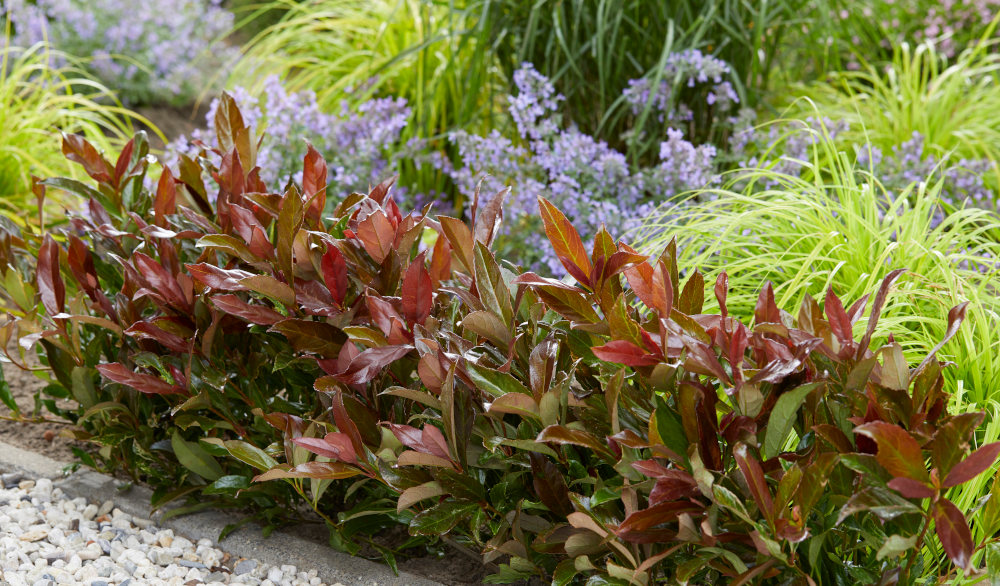
Key Information
Soil pH
Position
Hardiness

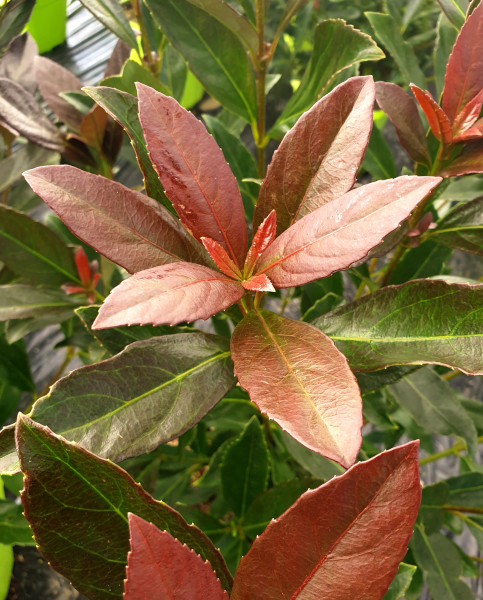
Where & when to plant Viburnum Odoratissimum
Viburnum odoratissimum is best planted as a shrub and can be planted in any spot in the garden with good soil and sunlight. Shelter is also preferred, to protect the shrub from strong winds. Plant your Viburnum odoratissimum either in the spring or in early autumn for best results; this is ideal timing as planting in the heat of summer may cause issues and you will want to give your plant enough time to establish before the cold weather and frost sets in.
How to plant Viburnum Odoratissimum
1. Plant your Viburnum odoratissimum in a position with plenty of sunlight (at least 4 hours a day for partial sun, ideally 8 hours a day with full sun). Ensure the site has well-draining soil
2. If you are planting multiple viburnums to create a dense shrub or hedge, give about 1m of space between each. Dig holes between 2-3 times the size of your bare roots or young plants
3. For those who already have well-draining soil, simply backfill around the roots. If you do not currently have well-draining soil, add sand or compost and check for drainage. Without good drainage, viburnum is likely to suffer from root rot or other diseases which will affect their growth
4. Once the soil is in place, water in. You will need to water your plant regularly while growing until it is fully established. On an ongoing basis, water once a week for continued healthy growth.
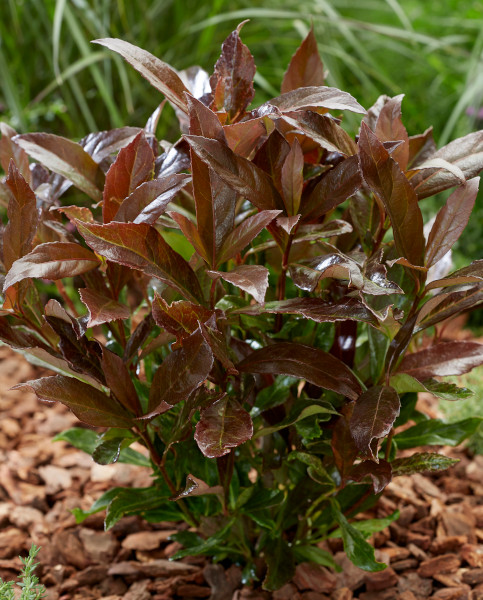
What to plant with Viburnum Odoratissimum
Viburnum odoratissimum comes with dark green leaves, clusters of fragrant flowers and berries in the summer. With evergreen foliage, Viburnum odoratissimum provides a nice backdrop for other colourful plants throughout the year. With a preference for moist-well drained soil and full sun or partial shade, choose companion plants that thrive in similar conditions. Peonies are shorter-growing sun lovers which enjoy moist soil, and their height makes them ideal for growing in front of Viburnum odoratissimum. Similarly, Lavender angustifolia provides purplish-pinks and summer blooms while the reds of Hydrangea quercifolia has rich red leaves - the perfect complement for the coppers of Viburnum odoratissimum.
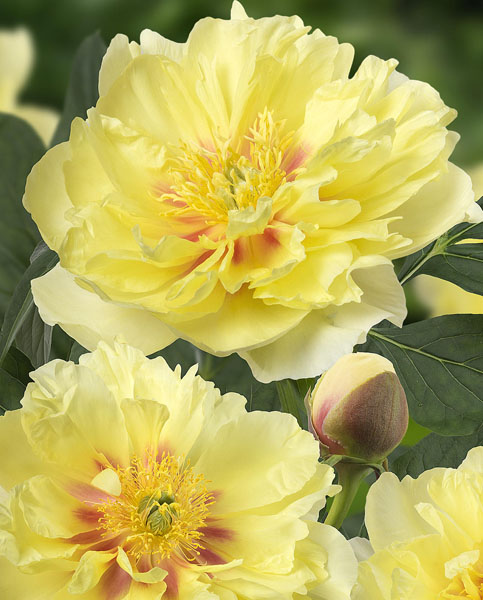
How to care for Viburnum Odoratissimum
Pruning & Deadheading
Viburnums in general are easy and low maintenance to grow. However, their bushy growing habit means that you may get some unruly branches, flower stems or shoots. You can prune these back regularly to shape your shrub. For a full prune, wait until summer, once the flowering period has finished - do not prune in the late autumn or winter as this will leave some areas of the plant exposed to frost and cold temperatures.
Watering
While growing, water regularly. Viburnum odoratissimum thrives in moist, well-draining soil, so water once a week for healthy growth once established.
Cold Protection
Viburnum odoratissimum is a hardy shrub, tolerating temperatures as low as -10°C. To protect from the colder weather and frost, mulch in the autumn.
Pests & Diseases
There are no known diseases that routinely affect Viburnum odoratissimum. One exception to this would be root rot, where the plants experience too much water or a lack of well-draining soil. This makes it difficult for the roots to receive the oxygen they need and will affect growth.
How to propagate Viburnum Odoratissimum
Propagate Viburnum odoratissimum by taking semi-ripe cuttings from the plant. Do this in early summer after flowering for best results. Use sterile, sharp and clean tools to take cuttings to protect healthy tissue and stop the spread of diseases
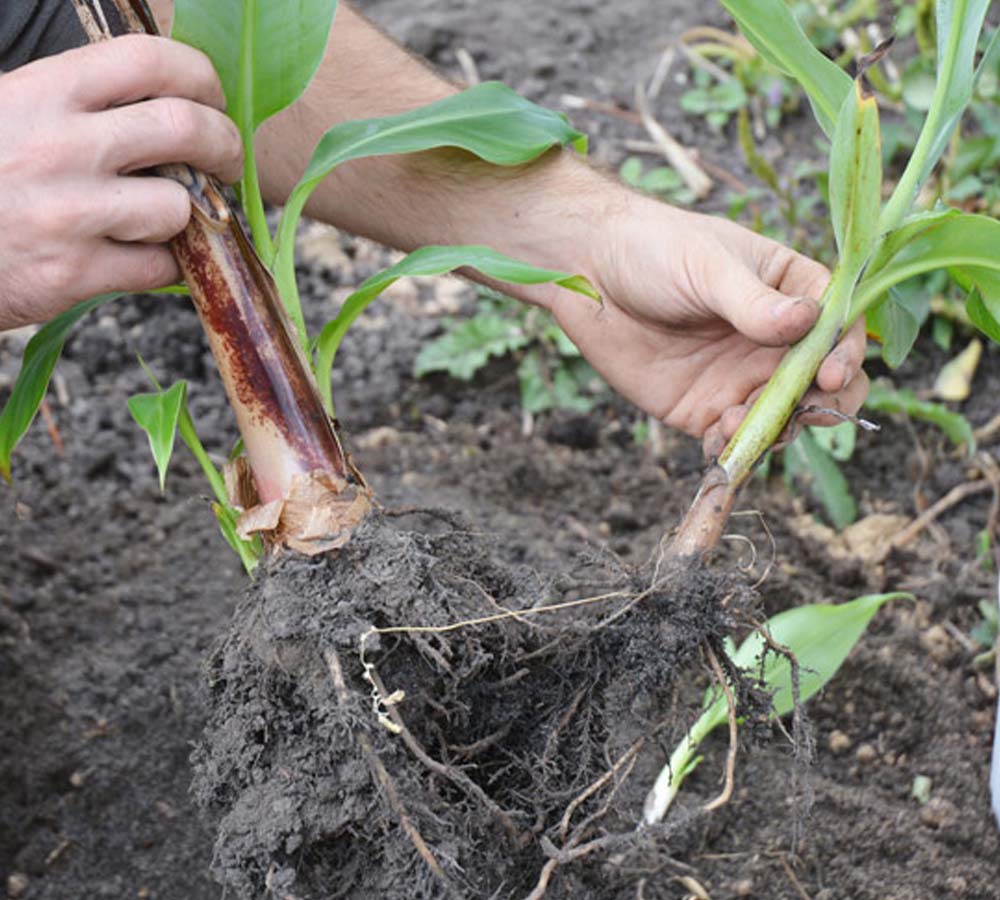
Take cuttings in the morning, cutting 10-15cm from healthy shoots. Once cut, quickly add them to a small container of water as moisture retention is crucial at this point

When you have finished taking your semi-ripe cuttings, remove the leaves from the lower third (3-5cm) of the cuttings with scissors or by pinching them off. Scrape at the lower portion of each cutting with some scissors to encourage healthy new growth. Add your cuttings to potting soil and water in to settle.

Cover cuttings with a plastic bag or cloche to create humidity and place them in a position with warmth and sunlight, but out of direct sunlight. You can check the cuttings after 3-4 weeks by gently pulling to check for roots. Once roots have been established, you can continue to re-pot and grow and plant outdoors in the following season.




